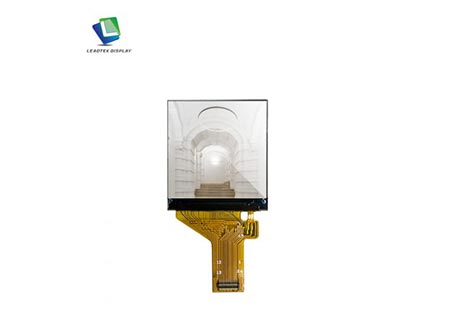Are LCD screens cheaper?
In the digital age, LCD screens have become indispensable components of our daily lives, serving as the primary interface for everything from entertainment to productivity. However, amidst their widespread adoption, a pertinent question often arises: Are LCD screens truly cost-effective?
At the heart of every LCD screen lies a sophisticated assembly of technologies designed to deliver vivid imagery and seamless functionality. However, the cost of producing these screens extends beyond mere hardware components. Factors such as research and development, manufacturing processes, and market demand significantly influence the final price tag.
Factors Influencing LCD Screen Prices
Several key determinants contribute to the varying costs of LCD screens:
Size: Perhaps the most intuitive factor, the size of an LCD screen invariably correlates with its price. Larger screens necessitate more extensive manufacturing processes and raw materials, thus commanding higher prices.
Resolution and Technology: High-resolution displays, such as 4K and 8K panels, entail more intricate pixel configurations and advanced manufacturing techniques, resulting in elevated costs. Additionally, emerging technologies like Quantum Dot and Mini LED can further inflate prices due to their superior performance characteristics.
Brand Reputation and Quality Assurance: Established brands often command premium prices, leveraging their reputation for reliability and quality assurance. While lesser-known manufacturers may offer more budget-friendly alternatives, consumers often gravitate towards trusted brands for peace of mind.
Features and Functionality: LCD screens boasting additional features, such as HDR support, adaptive refresh rates, and ergonomic designs, typically carry higher price premiums. These enhancements cater to niche preferences and specialized applications, appealing to discerning consumers willing to pay for enhanced functionality.
Comparative Analysis: LCD vs. Alternative Technologies
When juxtaposed with alternative display technologies like OLED and QLED, LCD screens often emerge as more budget-friendly options. While OLED displays excel in contrast ratio and color accuracy, their prohibitive manufacturing costs render them considerably more expensive. Similarly, QLED panels offer commendable performance attributes but tend to occupy a higher price bracket compared to conventional LCD counterparts.In conclusion, while the affordability of LCD screens is contingent upon various factors, they generally represent a cost-effective investment for consumers seeking reliable display solutions. By understanding the nuanced dynamics of LCD screen pricing and adopting informed purchasing strategies, individuals can procure high-quality displays tailored to their preferences and budgetary constraints.






 Microsoft Teams
Microsoft Teams WhatsApp
WhatsApp Email
Email Inquiry
Inquiry WeChat
WeChat
 TOP
TOP